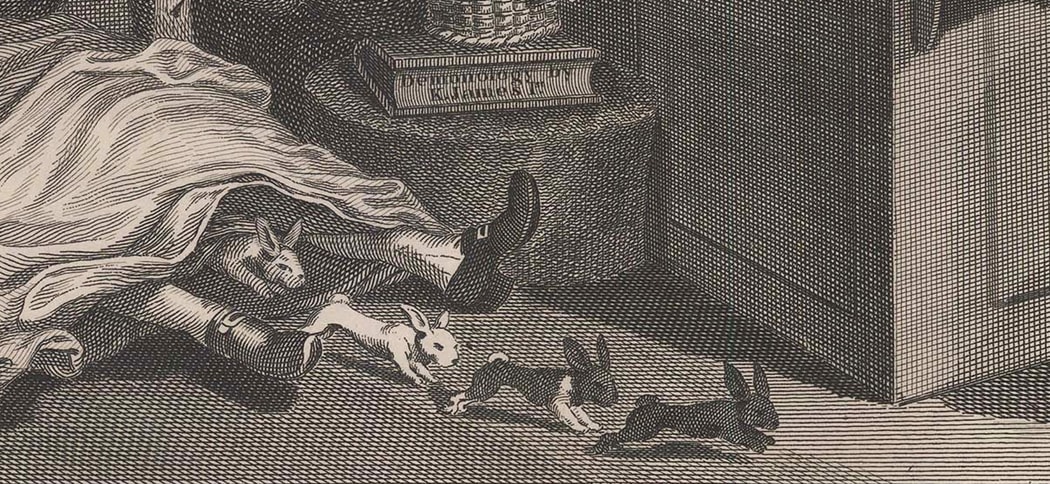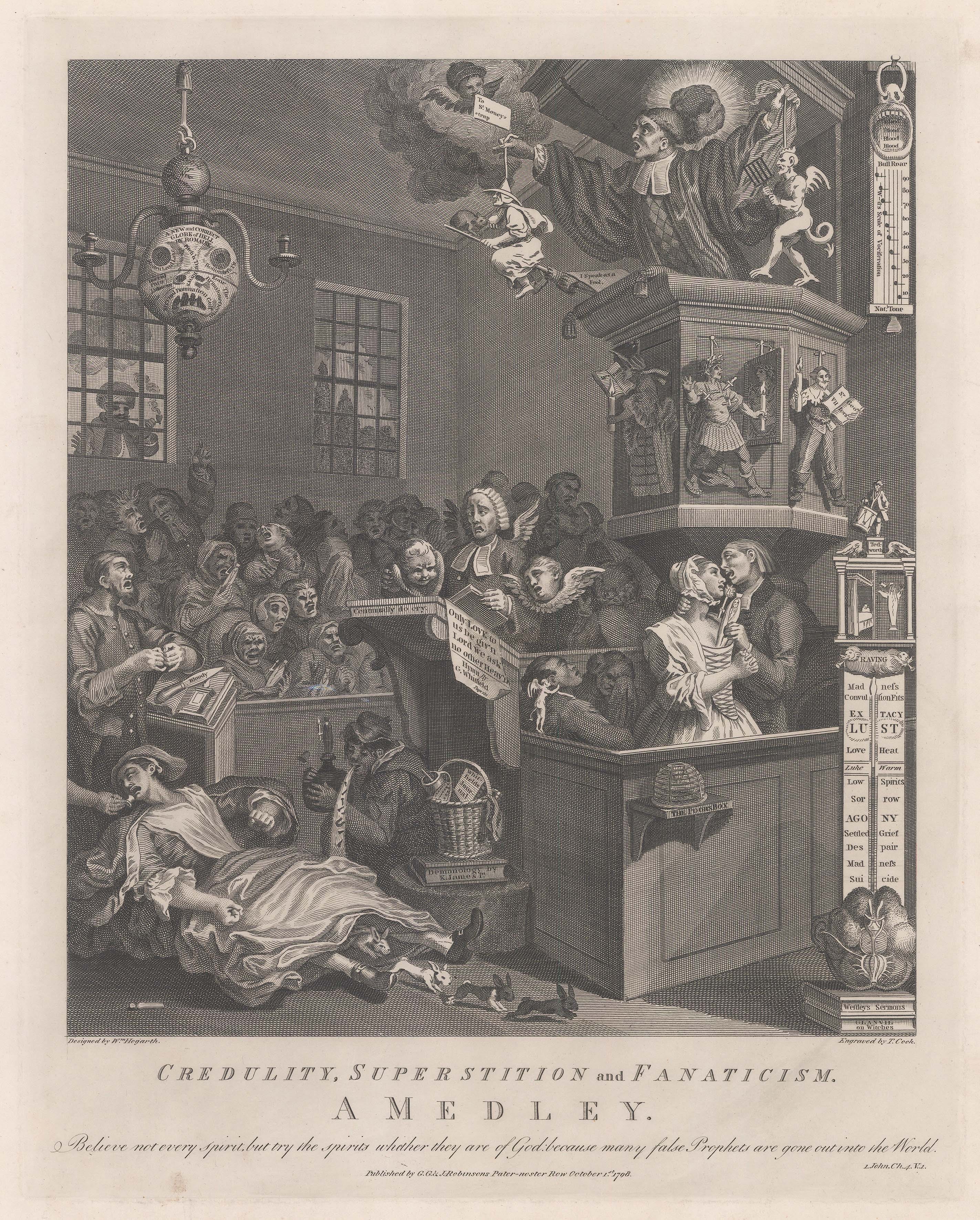

In 1726, the strange tale of Mary Tofts, the so-called “Rabbit Breeder of Godalming”, both fascinated and appalled all levels of Georgian Society. There was undoubtedly an air of both intrigue and scandal in the Court of George I when news reached London of this unprecedented marvel.
The story was that Mary Tofts had chased a rabbit around a field while expecting, and had thereafter developed an unnatural attraction towards the creatures. She later gave birth on September 27th to an extraordinary array of animal parts including – a hog’s bladder, cat’s paws, the backbone of an eel and a total of seventeen rabbits.
John Howard, an experienced “man-midwife” who supposedly delivered Tofts of this strange miscellany, sent a description to the court and on the urging of Queen Caroline Nathanael St. André, Anatomist to the Royal Household and Samuel Molyneux, Secretary to George Prince of Wales, were dispatched to examine Toft.
St. André, a shady and probably unqualified medical practitioner who’d reached his position in Court principally due to his fluency in German and French; essential for those courtiers who did not speak English. St. André declared himself wholly convinced by Tofts’ account and even claimed to have delivered the eighteenth rabbit!
Mary Tofts was brought up to London by St. André and caused a sensation when exhibited to the credulous before being exposed as a hoaxer and eventually confessing to being party to the imposture. Nathanael St. André’s career at court was left in tatters after the debacle, he was branded both a fool and a deceiver – we see here in this print that St. André is depicted wearing a Harlequin’s costume, popularised by Italian Commedia dell’ arte.
St. André’s character and culpability in the matter was summarised by the London paper The Public Advertiser in 1781, “It is difficult to determine whether St. André was more knave than fool in the affair of Mary Tofts but it is tolerably certain that he was both. It was equally certain that he was extremely ignorant; that he was lecherous and foul-mouthed is allowed by his partisans as well as his enemies.”
In a strange coda to the Tofts case, St. André treated his friend, Samuel Molyneux after the latter suffered a fit. The treatment proved ineffectual, not entirely unconnected perhaps with the fact that on the day that Molyneux died, St. André eloped with his wife. St. André died in relative poverty in 1776 at the age 96 having apparently refused to eat rabbit for fifty years.
This etching c.1760 from our collection documents the affair in twelve scenes and captures both the popularity of such salacious tales in 18th century satire, and the appetite for gossip and humour in the public sphere. Even William Hogarth was to jump on the tail – having cottoned on that it was ripe for satire, with his engraving Credulity, Superstition and Fanaticism. A Medley, with Mary Toft prone on the floor, rabbits escaping from beneath her skirts.
About the author
The Map House




